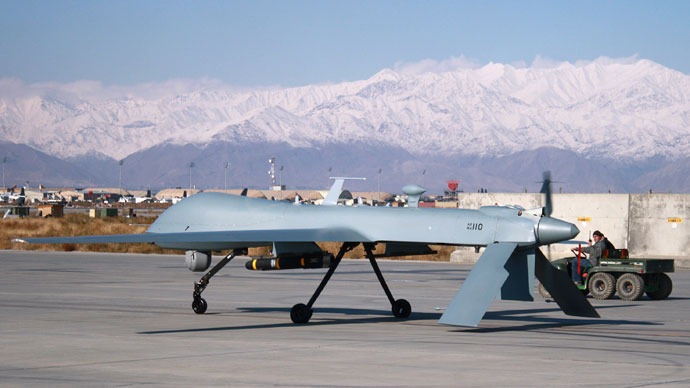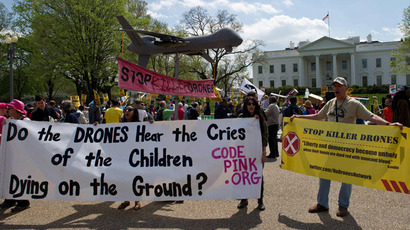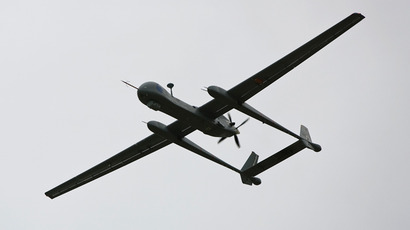US combat drones to stay in Afghanistan beyond 2014

Though the US military continues its drawdown from Afghanistan, long after combat troops are gone by the end of the 2014, one factor that will remain the same is the presence of American combat drones.
Air Force Major General H.D. Polumbo, the commander of the joint
US-NATO air war over Afghanistan, confirmed to reporters at the
Pentagon on Wednesday that armed drones will still fly over
Afghanistan, along with some fixed-wing fighters and bombers.
“They can collect intelligence,
but they also are armed. And they’re armed to be able to provide
force protection to our coalition forces and then when our
coalition ground force commanders, when they deem it appropriate,
they can control that air-delivered munition capability from the
RPAs to be put in support of the Afghans,” according to Maj. Gen.
Polumbo.
Drones patrolling Afghanistan’s mountainous terrain have become
ubiquitous with America’s presence in the country. According to the
United Nations’ mission in Afghanistan (UNAMA), the number of drone
strikes rose quite sharply in 2012 to 506, compared to 294 the year
before.
Tallies kept by the US air force differ, though they still reflect
an increase: 494 weapons released by drones in 2012, compared to
294 in 2011.
Along with an increase in drone flights, UNAMA has also recorded a
rise in civilian casualties. The agency reported 16 civilian deaths
as a result of drone warfare in Afghanistan in 2012, as opposed to
a single casualty in 2011.
The use of NATO coalition air power in general has also been a
source of contention with Afghanistan’s government. In February of
this year, President Karzai signed an order prohibiting Afghan
security forces from requesting NATO air support during operations
conducted in residential zones. That order came as a result of 10
civilian deaths during a coalition airstrike in northeastern Kunar
province.

The one important distinction in drone operations over Afghanistan is that these are controlled by the Pentagon, whereas flights over the border into Western Pakistan are done under the auspices of the CIA.
Speaking to the media, Polumbo did not address the use of those drones involved in cross-border attacks against so-called insurgents in Pakistan. Likewise, drone strike data for Afghanistan on weapons releases, which was previously available online, are now only accessible through Freedom of Information Act requests.
According to the Pentagon, combat-ready drones will remain in Afghanistan to provide the country’s army with close air support during engagements with the Taliban.
At the moment, Afghanistan operates only a small fleet of Mi-17 and Mi-35 attack helicopters, though they are slated to receive 20 propeller-driven Super Tucano planes, and the US recently agreed to sell the country small, unarmed reconnaissance drones.















